Euro 2028 bid: The 10 stadiums part of UK & Ireland bid which is expected to be approved by UEFA next week
and live on Freeview channel 276
The UK and Republic of Ireland are now unopposed in their bid to host Euro 2028 after Turkey withdrew from the process. Turkey was initially one of the nation’s interested in hosting the tournament but they have now diverted their attention towards Euro 2032 where they are planning to submit a joint bid for the tournament alongside Italy.
England were one of the 11 nations chosen to host Euro 2020 alongside Scotland, while they have also been sole hosts of the Euros on one occasion back in 1996.
Advertisement
Hide AdAdvertisement
Hide AdThe Republic of Ireland, Northern Ireland and Wales have never previously hosted any matches in an international tournament and are relishing their opportunity to play a host to a huge event.
But which stadiums will the UK and Ireland use in Euro 2028 if they are chosen to host the tournament? Here’s all you need to know.
Which stadiums will the UK & Ireland use for Euro 2028?
The UK and Ireland announced the 10 grounds they were using earlier this year in April. In total there will be six grounds from England and one from Scotland, Wales, Northern Ireland and the Republic of Ireland. Here are the stadiums that you can expect to see if the bid for Euro 2028 is successful:
Wembley Stadium - 90,652 (London)
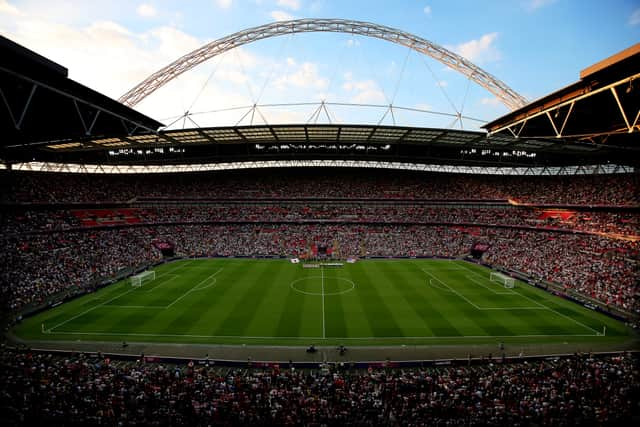

Wembley Stadium was opened in 2007 and it has been the home of the England national team ever since. It plays host to the domestic cup and play-off finals each year and was also used for the decisive final between England and Italy in Euro 2020.
Principality Stadium - 73,952 (Cardiff)
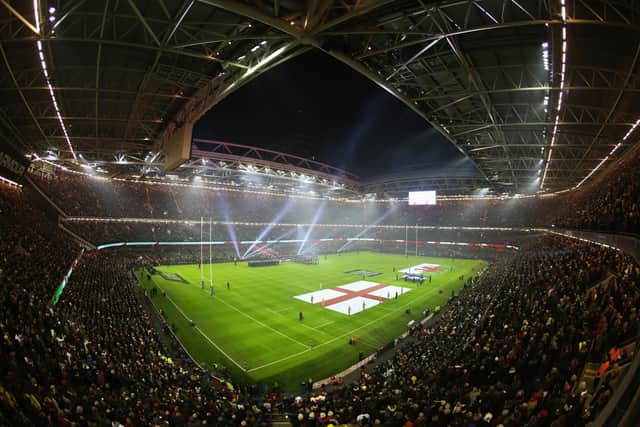

Advertisement
Hide AdAdvertisement
Hide AdThe Principality Stadium is the home of the Welsh national team and it was formerly known as the Millenium Stadium. It has previously played host to the Champions League final in 2017 and a host of domestic cup finals between 2000 and 2007 while Wembley was being constructed.
Tottenham Hotspur Stadium - 62,322 (London)


Spurs’ home is the largest club stadium in London, with a capacity of over 62,000. Opened in April 2019, the stadium includes a retractable pitch with a synthetic NFL surface underneath.
Etihad Stadium - 61,000 (Manchester)
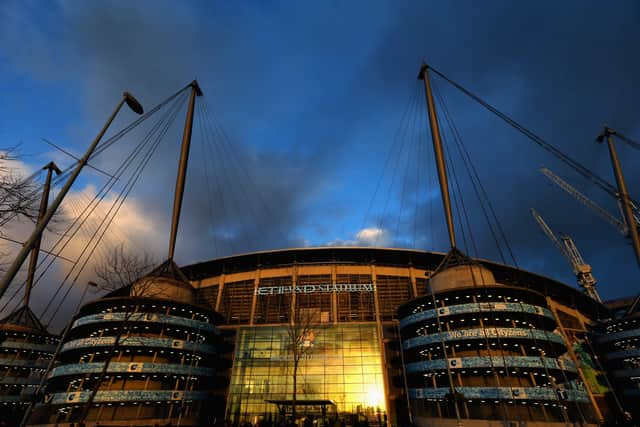

The Etihad Stadium is the home of English and European champions Manchester City. The venue was built in 2002 for the Commonwealth games and has been the home of the Citizens for 20 years.
Everton Stadium - 52,679 (Liverpool)
The Toffees’ new home at Bramley-Moore Dock is scheduled for completion late next year. Developers are working to a capacity of 52,888 - which is a huge increase on their current ground Goodison Park.
St James’ Park - 52,305 (Newcastle)


Advertisement
Hide AdAdvertisement
Hide AdSt James’ Park has been the home of Newcastle United since 1892 and it is situated in the heart of the city centre. The historic ground has previously played host to international football during Euro 96 and the owners are hoping to increase the ground’s capacity ahead of the tournament in 2028.
Villa Park - 52,190 (Birmingham)


Villa Park has been the home of Aston Villa since 1897 and it is the 10th largest stadium in England. The historic ground was used in both the 1966 World Cup and Euro 96.
Hampden Park - 52,032 (Glasgow)
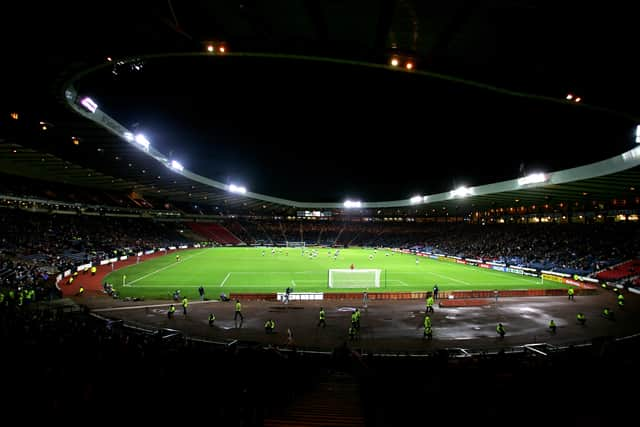

Scotland’s national stadium hosted a number of matches at Euro 2020. The Scottish FA has also bid to stage the Champions League final in 2026 or 2027 at the stadium, which currently holds just over 50,000. However, developers have put forward proposals to upgrade the stadium and increase capacity to 65,000.
Aviva Stadium - 51,711 (Dublin)
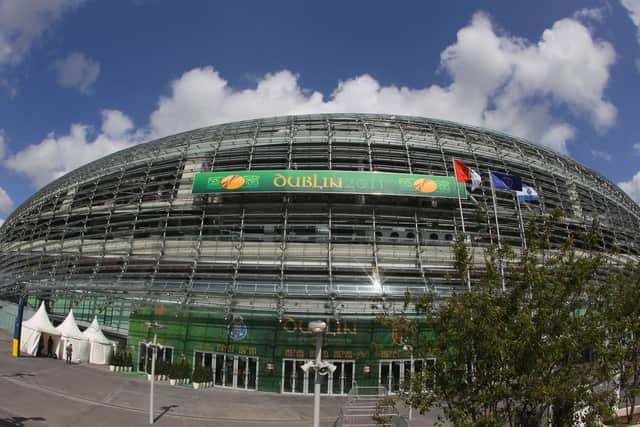

The Dublin-based venue is the home of the Republic of Ireland’s football team as well as the Ireland rugby side. The stadium was part of the original multi-country plans to host Euro 2020 but could not ultimately provide UEFA with the necessary assurances over minimum spectator levels amid the Covid-19 pandemic.
Casement Park - 34,500 (Belfast)
Construction on the site in the Andersonstown area of West Belfast is due to get under way next year with completion expected by 2026. The capacity of the stadium is set to be 34,500.
Comment Guidelines
National World encourages reader discussion on our stories. User feedback, insights and back-and-forth exchanges add a rich layer of context to reporting. Please review our Community Guidelines before commenting.
